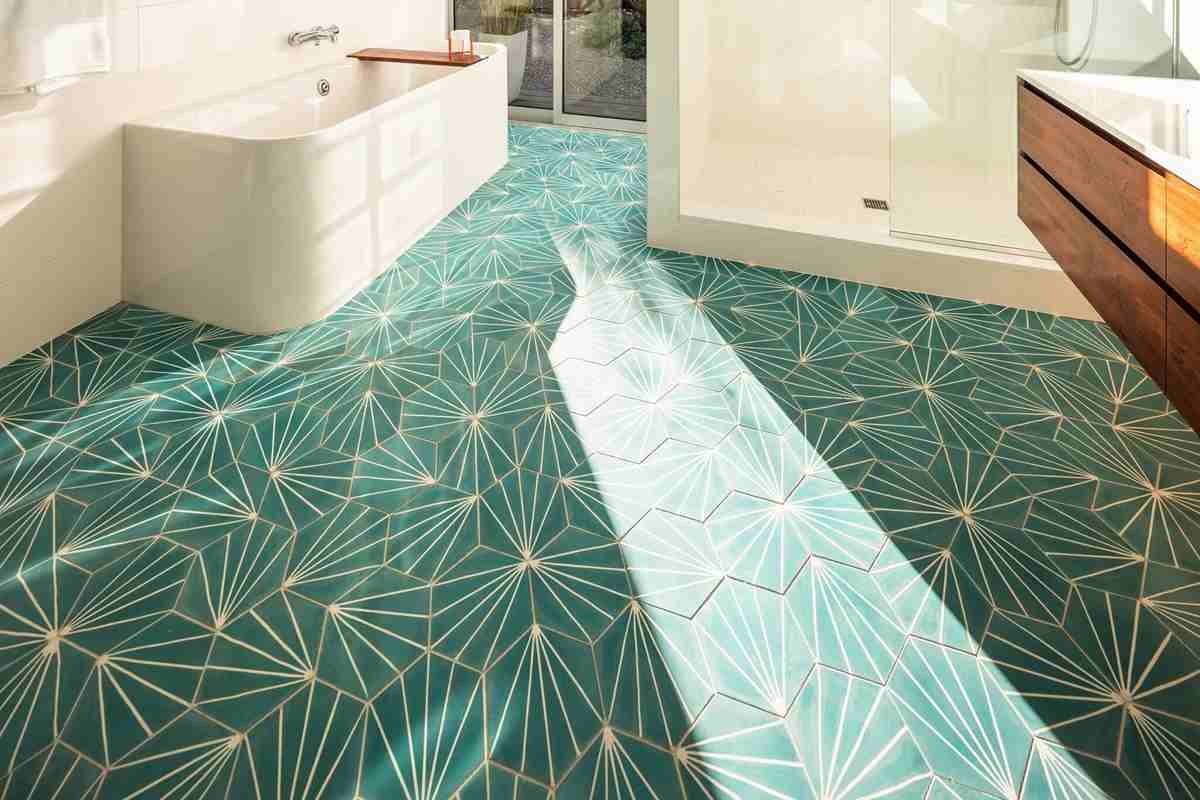Why are ceramic tiles available in such a wide range of formats? Where are the finest places that can be installed? And what are the advantages of small formats like 5cm?
tiny formats should be arranged to create the ideal appearance, cover up any flaws in the space, and showcase its benefits? Ceramic tiles come in a range of sizes, so they will look beautiful in any environment.
The only restrictions are the size of the individual tiles and our or the architect’s ingenuity, fantasy, and imagination. When choosing the tile layout for the interiors where you want to use it, there are several guidelines you should go by.
What does “small- format” really mean? It may be challenging to distinguish between tiles that fall into the “small” and “big” categories in the age of continual technological.

advancement and the resultant changes in the sizes that are manufactured (each year, ceramic tile forms that are larger than before entering the market). Those who were formerly thought to be extremely enormous are now seen to be quite little.
Consequently, the summary that follows may be useful. Tiles with dimensions such as square format 5cm with sides within the same measurements are regarded as tiny (4.8 cm and 30 cm).
When the distances between the sink, toilet, cabinets, and other bathroom fixtures are close together, little tiles may assist enhance the flow of small floor layouts.
Smaller tiles, like mosaic tiles, need fewer cuts, which results in a more streamlined appearance. Tiles with square and rectangular shapes with sides longer than 30 cm are regarded as huge.
Where should I set the little 5cm tiles? For creative individuals who like a unique and unusual design, ceramic tiles in smaller sizes are a fantastic solution. On the walls of huge rooms, they look nice.

They may be mixed and matched at will to create intriguing designs. They may also be utilized to cover up flaws and irregularities in the flooring of smaller spaces.
Benefits of tiny ceramic tiles: Simple to move and lay (small packages are lighter and easy to carry). Small material losses (you can adjust them so that the need for tile cutting is minimized).
A wide range of patterns and colors may be freely blended. Where can you utilize big tiles in contrast with small format? For individuals who appreciate aesthetics, uniformity, and simplicity, large tiles are the ideal option.
They both suit huge spaces’ walls and flooring wonderfully. They provide a consistent surface, which makes the spaces light and simple (mixing several patterns in the case of large tiles is not advisable).
Benefits of tiny 5cm ceramic tiles: Simple installation – fewer tiles need to adhere and grouted than with tiny sizes. Giving a uniform and simple character, a straight surface. To be able to create a surface that is homogeneous and will make the space seem larger.
Adding Depth and Texture with Small Plank Tile: Wood-look plank tile is the solution if you want the comfort and warmth of hardwoods with the resilience of tile.

Linear tiles, like 5cm planks, give any space depth and are available in a range of designs, textures, and hues. Small ceramic tiles, such as metro tiles, may give busyness or depth to a room, which may make it seem smaller, depending on their form and pattern.
For homeowners who like a little unique look that deviates from the standard, smaller tiles are excellent. Smaller tiles may easily combine with various patterns to create patterns that are appealing.
You could find a crowded design in a small area to be overwhelming, so why not add more plain ceramic tiles or choose a symmetrical tile arrangement? The possibilities with smaller tiles are, to put it mildly, limitless. They are also the ideal choice for hiding imperfections and curvature.
Advantages of tiny 5cm ceramic tiles: installation with little waste. The ability to mix various colors and patterns is convenient for transportation to add a contemporary touch to your floor, you may also use stone planks in geometric patterns like herringbone, corridor, and brick-joint.
Use a unique shape or pattern to provide depth and intrigue to your room rather than a typical tile design. For instance, diagonal tiles might give the impression that a room is broader.
To define your place in a particularly big room, add a border made of contrasting rectangular-shaped tiles. Additionally, 5cm mosaic tile styles like the arabesque may provide distinctive specialty designs.
These various forms may be used in a strip to contrast typical square tiles or to make your own eye-catching accent walls.

When you pick a tile that is the proper size and form, it may define larger spaces and make tiny rooms look bigger. Tile sizes have a significant impact on how a place feels.
So, think about these useful suggestions before deciding on tile size. Surface Support and Levelness: It’s crucial to have a support system that can withstand the weight of bigger tiles because of their weight.
Even while ceramic floor tiles also need an extra foundation to support the added weight, wall tiles may require special care.
A flat surface is also necessary for the placement of larger tiles. While smaller tiles may conceal flaws, big-size tiles in contrast with small sizes provide a distinct set of challenges.
Known as lippage, their edges will protrude and the uneven surface would provide an ugly look. In the end, everything comes down to personal preference, aesthetics, and strategy.
Any style of the room can accommodate tiles, no matter how big or little. The most crucial factors are an appealing interior, high-quality materials, and a feeling that our expectations have been met.











Your comment submitted.